The SNP’s decision to allow the return of peak rail fares hit those relying on the nation’s railway hard this week.
After the trial to end so-called “peak” rail fares reached the end of the line, ticket prices have risen sharply for those travelling before 9am.
It’s a decision that punishes commuters, those travelling between towns and cities for work, hardest.
My own train journey between Glenrothes and Dundee on Tuesday, a 35-minute trip by road, cost £23.60.
That’s a 54% increase on the price I paid less than a week previously.
Smelly, uncomfortable trains have not improved alongside price hike
Of course, it will come as no surprise for me to say the quality of my trip certainly hadn’t improved by 54%.
My train from Markinch to the Discovery City was late. When it finally arrived the Wifi connection was down, meaning I couldn’t get online to join our newsroom’s morning meeting.
The trains themselves had also seen better days. They were smelly and uncomfortable, and with just two carriages on the return leg some of us were left standing. Not that the condition of the seats looked appealing.
Glenrothes to Edinburgh ticket price jumps by 80%
It isn’t even the biggest price jump I’ll have to accept this week. When I travel to the Scottish Parliament, I’ll pay £26.50 for a return between Markinch and Edinburgh – up from £14.70 off-peak.
Would I tolerate a 80% price hike for something I actually enjoyed doing? Unlikely. So why should I accept it for something so grim?
But ScotRail and the Scottish Government know that many commuters have no choice. We’re trapped.
They can charge what they like and most of us will just be forced to grin and bear it.
While a plush ministerial limo will ensure First Minister John Swinney’s trip between Blairgowrie and Edinburgh is comfortable – and free – his constituents will be paying nearly £35 for a journey from the nearest station.
Speaking to The Courier, he insisted the experiment had not been value for money.
The increase in fare, he said, was necessary to ensure the train service – nationalised in 2022 – is “financially sustainable”.
“We’ve given a lot more time than we originally planned to the peak fares pilot,” he said.
“We promised to do it for six months, we actually did for 12 months to give it as much opportunity to demonstrate its value.
“Unfortunately, it didn’t deliver the sufficient shift in passenger numbers to justify the cost involved. The government has got to live within it means.”
But it is an excuse that is as shortsighted as it is politically dishonest.
The 12-month trial period where peak rail-fares were scrapped saw major disruption to ScotRail’s service.
The number of services were drastically reduced, blamed on an overtime ban by the train drivers’ union as a reaction to a long-running pay dispute.
It meant that even if someone wanted to travel by train then one might have not been available or running at the right time.
Any primary school science class will learn that for an experiment to be valid, you can’t have unaccounted for variables.
And shifts in behaviour take time. If we’re serious about reducing the number of high-carbon car journeys, and increasing reliance on public transport, it has to be attractive.
It’s a change that just won’t happen if it’s viewed as a double sacrifice – more expensive and less convenient.
That makes Dundee-based climate activist Laura Young’s frustration understandable.
Peak rail fares a tax on workers
Speaking last week, she set out the shortsightedness of the decision perfectly.
“They didn’t raise enough awareness that it was happening.
“There is the climate crisis element in that we need to be reducing emissions and helping people get out of their cars.
“But there is also the cost of living crisis and it is expensive for people to travel to their work.
“The return of peak fares is putting that tax back on working people.
“When going from A to B, people want to get there in good time, for a good price, and with as little faff as possible,” Ms Young told The Courier.
Away from the practical impact, the decision not to make the trial to scrap peak fares permanent, brushing it off as the country “living within its means” was also politically nonsensical.
With a budget of £59.7 billion, if the SNP can’t find room for sensible policies that contribute to Scotland’s climate goals and also make life a bit easier for working Scots, then it is a government which increasingly seems to have lost its way.
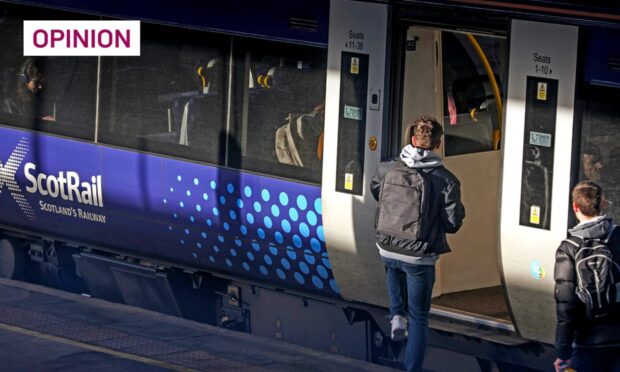

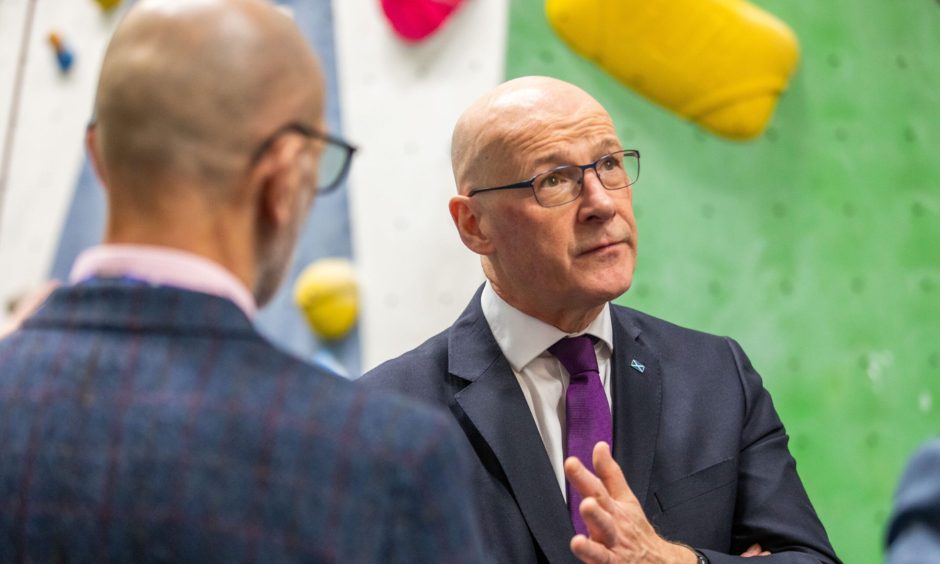
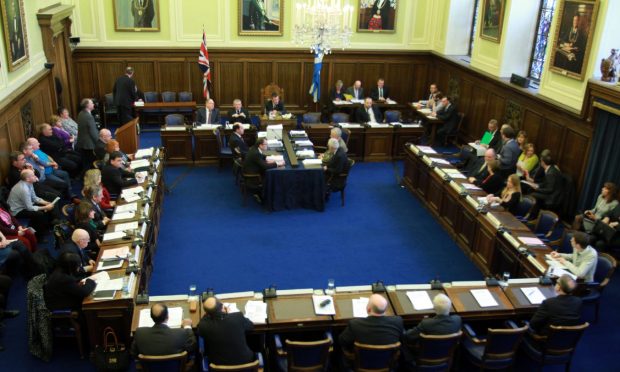
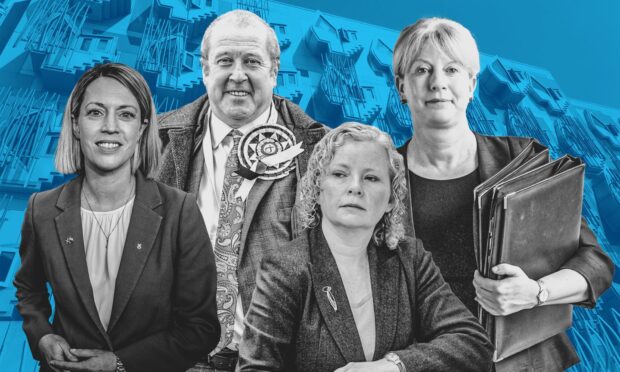
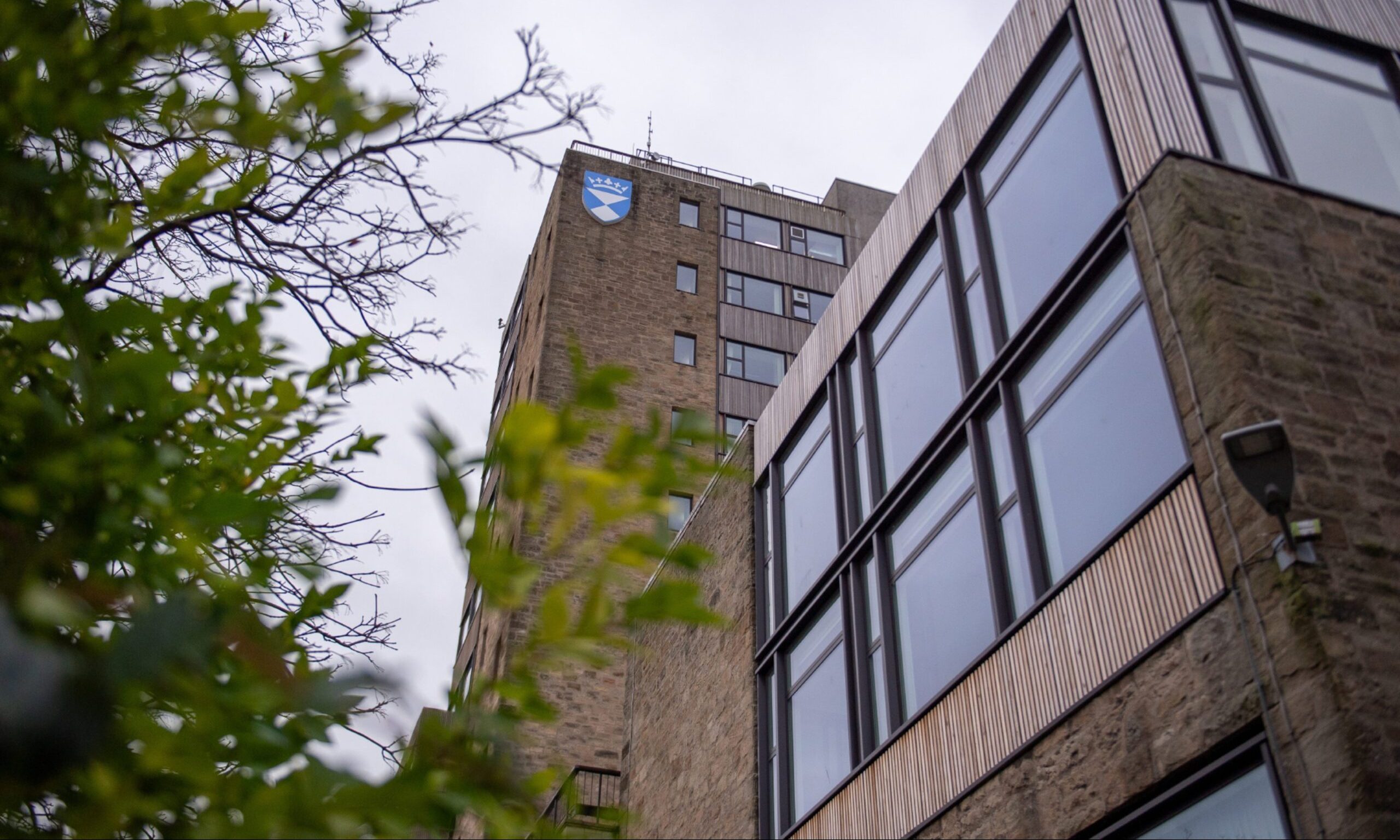
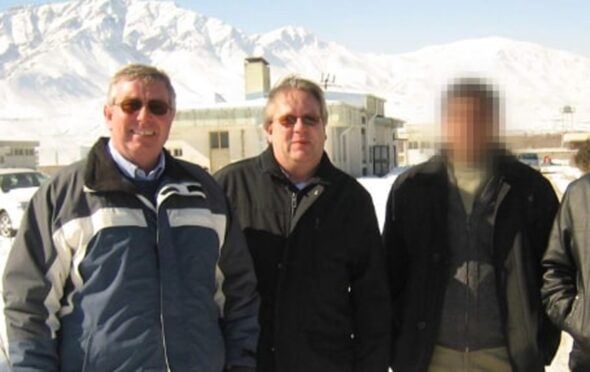
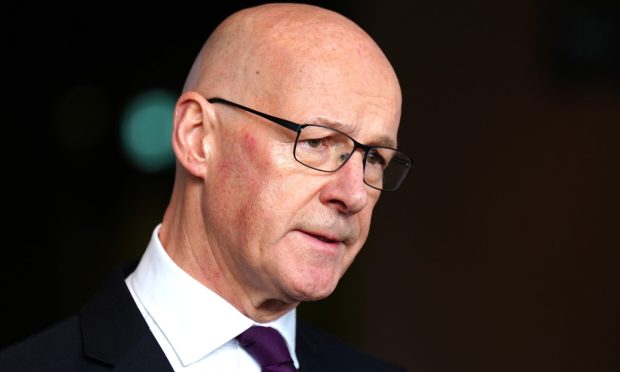
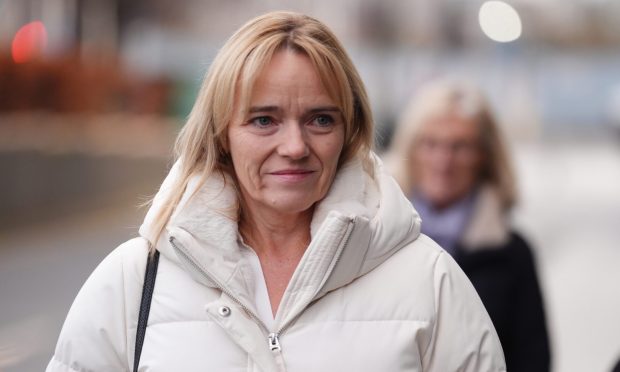
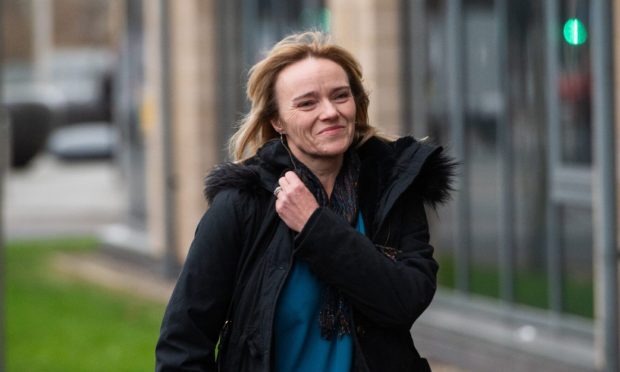
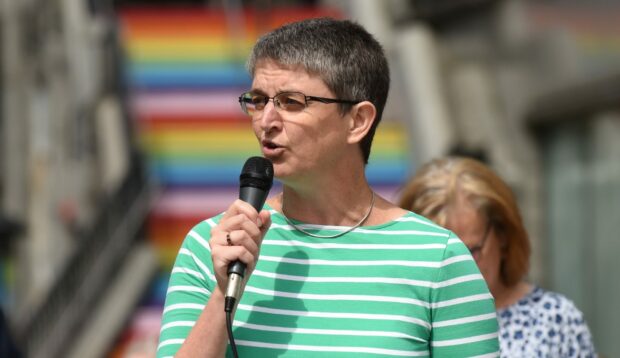
Conversation